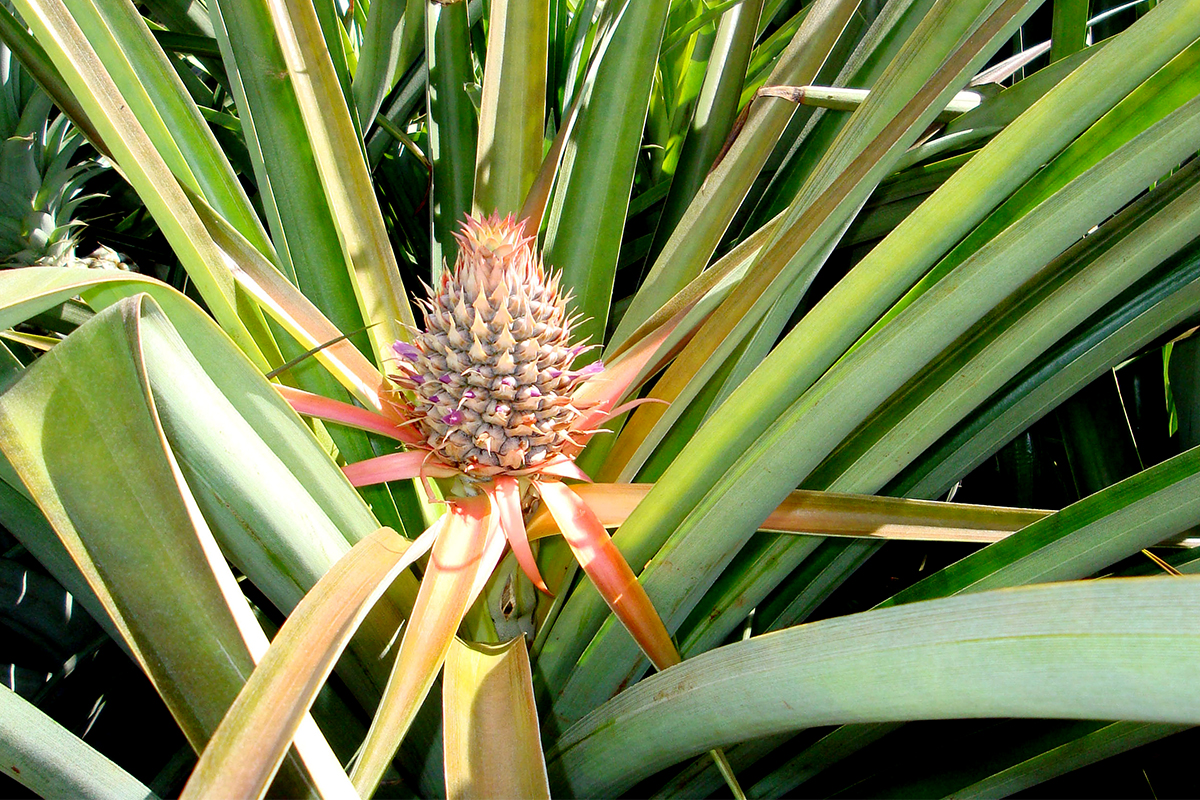Insights into Evolution of Drought-Tolerance Revealed by Pineapple Genome
By LabMedica International staff writers
Posted on 01 Dec 2015
Upon sequencing its genome, scientists begin to home in on genes and pathways that enable the pineapple plant to thrive in water-limited environments and open a new window on CAM photosynthesis, circadian rhythms, and the complicated evolutionary history of cultivated grasses like sorghum and rice, which share a distant ancestor with pineapple.Posted on 01 Dec 2015
In an international collaboration of several institutions, a team led by Plant Biology Professor Ray Ming, University of Illinois at Urbana-Champaign (Champaign, IL, USA has provided a first analysis of the drought-tolerant pineapple genome upon sequencing the genomes of the cultivated Ananas comosus (L.) Merr. and its wild type relative Ananas bracteatus. Pineapple is a most economically valuable crop possessing crassulacean acid metabolism (CAM), a photosynthetic carbon assimilation pathway with high water-use efficiency. Humans have cultivated pineapple for over 6,000 years, beginning in present-day southwest Brazil and northeast Paraguay. Today, over 85 countries produce about 25 million metric tons annually.

Image: Sequencing and analysis of the pineapple genome offers new insights into the evolution of plant drought-resistance, different types of photosynthesis, and circadian clock regulatory adaptations (Photo courtesy of Robert E. Paull, University of Hawaii).
Like many plants, the ancestors of pineapple and grasses experienced multiple doublings of their genomes. Tracking the remnants of these whole-genome duplications (WGDs) in different species helps trace shared and independent evolutionary histories. "Our analysis indicates that the pineapple genome has one fewer WGD than the grasses that share an ancestor with pineapple, making pineapple the best comparison group for the study of cereal crop genomes," said Prof. Ming. The study uncovered evidence of 2 WGDs in the pineapple's history and validated previous findings of 3 WGDs in grasses.
Althought most crop plants use the C3 type of photosynthesis, many plant species use the specialized CAM type. "CAM plants use only 20% of the water used by typical C3 crop plants, and CAM plants can grow in dry, marginal lands that are unsuited for most crop plants," said Prof. Ming. "Drought is responsible for the majority of global crop loss, so understanding the mechanisms that plants have evolved to survive water stress is vital for engineering drought tolerance in crop species," the researchers wrote.
CAM and C4 photosynthesis, which is common among grasses, use many of the same enzymes to concentrate carbon dioxide in plant leaves. Other plants, such as soybeans, use the less efficient C3 photosynthesis, which lacks the CO2-concentrating mechanisms of C4 and CAM. Understanding the evolution itself is also important and the team discovered that CAM photosynthesis evolved by reconfiguring molecular pathways involved in C3 photosynthesis. "All plants contain the necessary genes for CAM photosynthesis, and the evolution of CAM simply requires rerouting of preexisting pathways," they wrote.
Analysis of the pineapple genome further revealed that some genes that contribute to CAM photosynthesis are regulated by circadian clock genes. "This is the first time scientists have found a link between regulatory elements of CAM photosynthesis genes and circadian clock regulation," said Prof. Ming, "This makes sense, because CAM photosynthesis allows plants to close the pores in their leaves during the day and open them at night. This contributes to pineapple's resilience in hot, arid climates, as the plant loses very little moisture through its leaves during the day." CAM photosynthesis allows the plant to absorb and "fix CO2 into molecules during the night, concentrate it in its leaves, and release it the next day for photosynthesis," he added.
The study, by Ming R. et al., was published online ahead of print November 2, 2015, in the journal Nature Genetics.
Related Links:
University of Illinois at Urbana-Champaign










 (3) (1).png)



